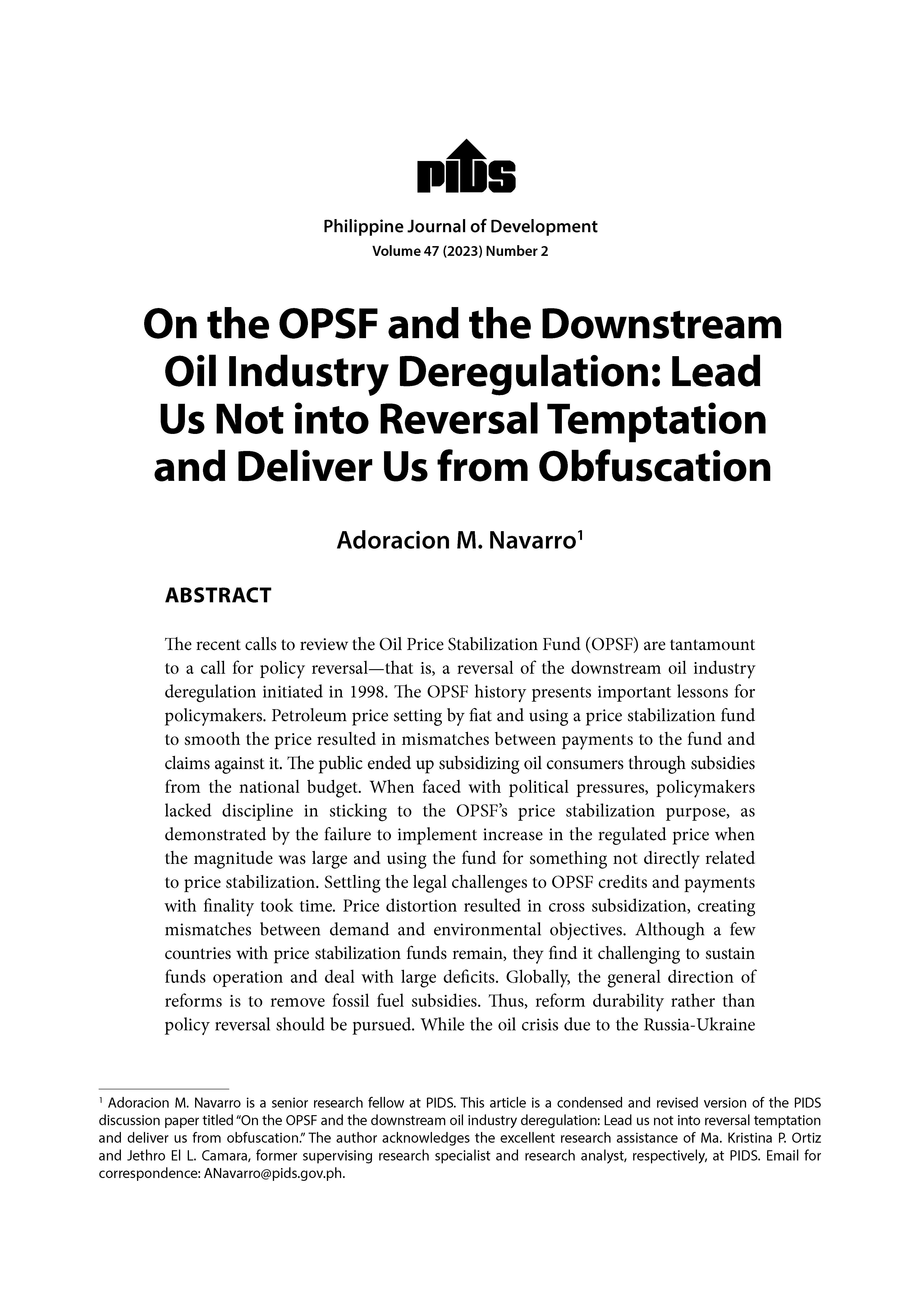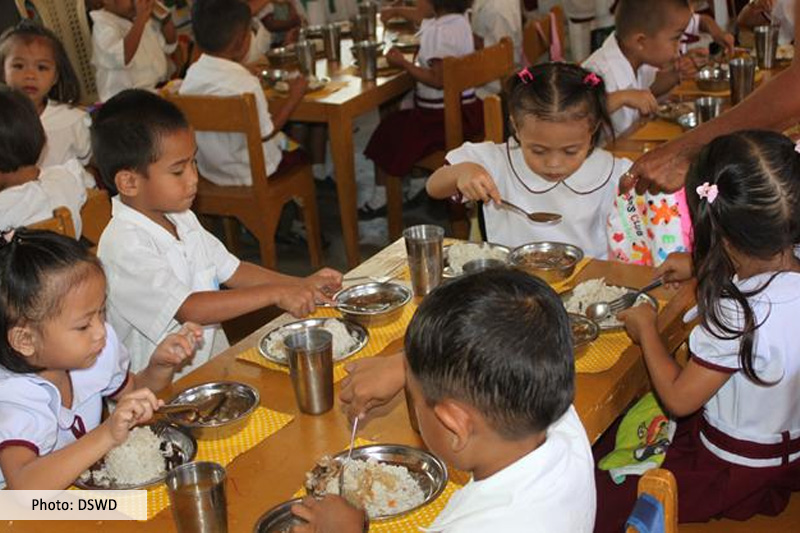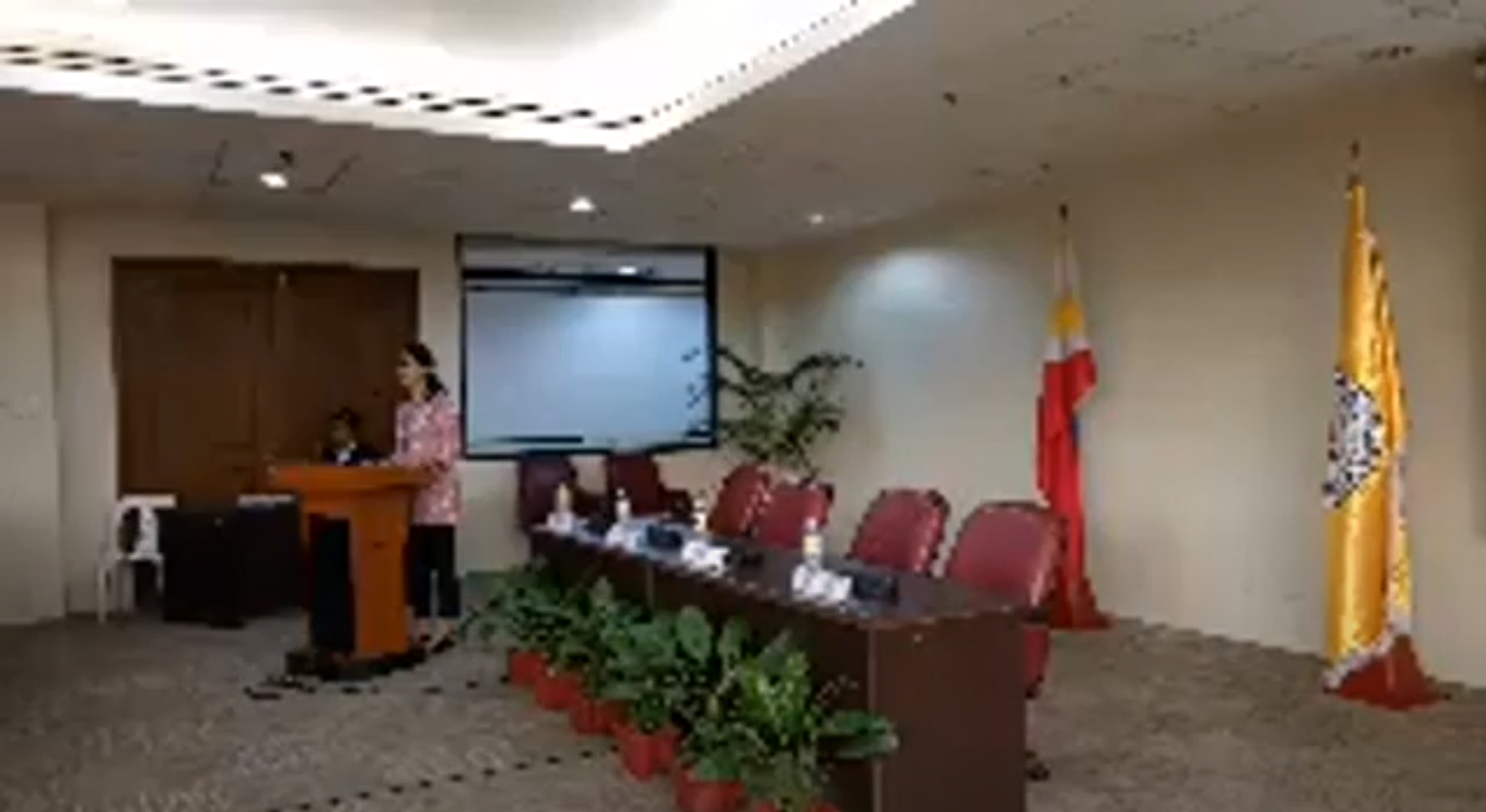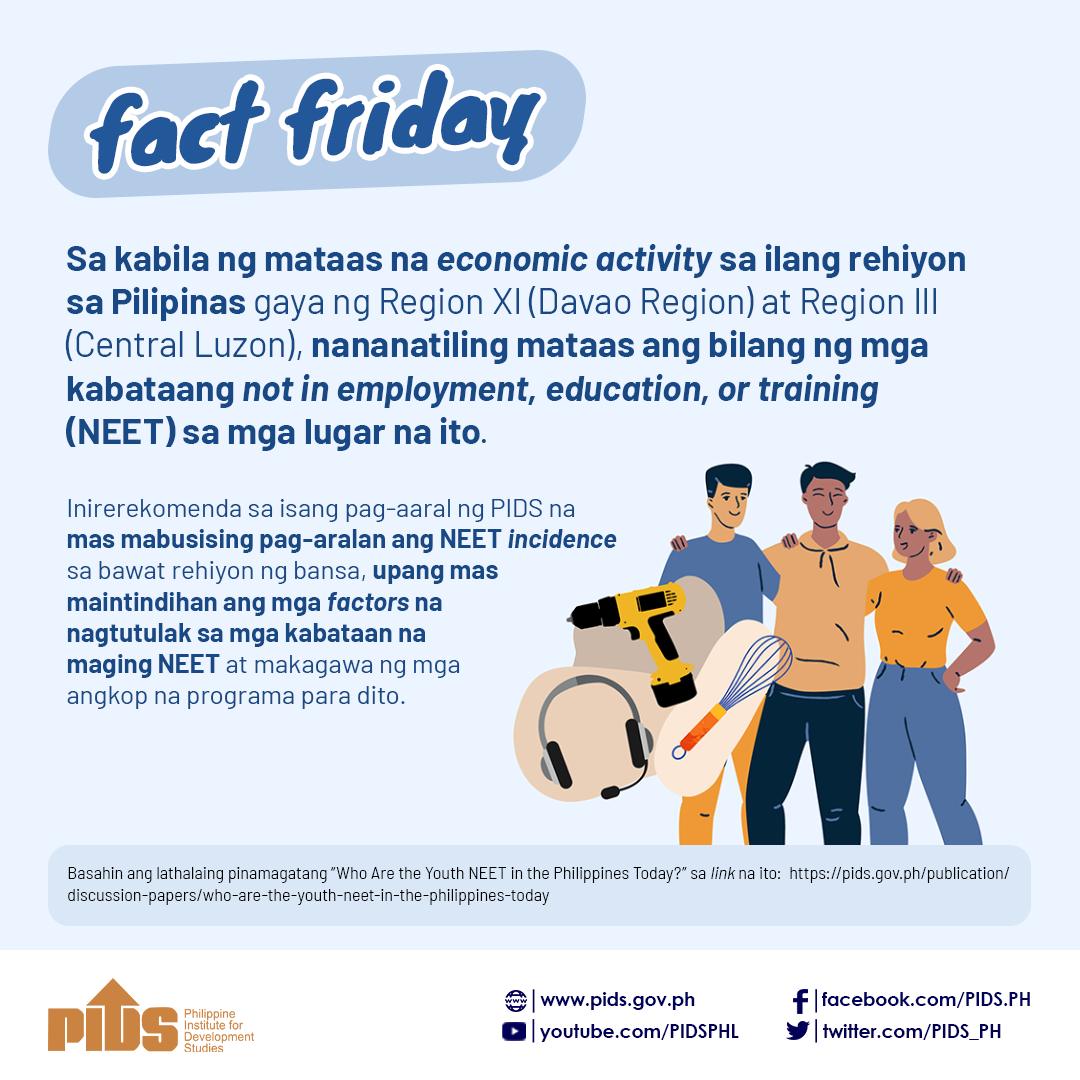THE national government is crossing its fingers that the impending El Niño will not be as worse as the one the country experienced in 1998 when the country saw a 10-percent contraction in farm sector growth.
"Up until now, it’s still on the 50 percent-to-60 percent probability, so it’s still low. I think what we’ll have is like a spot El Niño; so hopefully its not going to be as bad as 1998,” National Economic and Development Authority (Neda) Assistant Director General Rosemarie Edillion said.
The El Niño weather phenomenon usually hits the production of the country’s staple, rice, a water-loving crop. If there is a reduction in rice production, prices of the staple could escalate.
In 2014 Bureau of Agricultural Statistics (BAS) Head Romeo Recide said the impact of a severe El Niño on agriculture growth could lead to a reduction of 10 percentage points. He said this is what happened in the 1997 and 1998 El Niño phenomenon, when the dry spell not only affected crops, such as palay, but also livestock.
Recide, however, said given that the Pagasa has already revised its predictions on the El Niño and it seems that the dry spell would not be as severe as expected, the impact on agriculture growth could be a reduction of less than a percentage point.
He explained that a dry spell that occurs during harvest season, or during the rainy months, would be beneficial to crops. Recide added that there are crops that thrive during El Niño like mangoes, which could offset the slack in production experienced by other crops such as palay.
"Not all El Niños are alike. Some El Niños are actually favorable, some of them become too severe affecting the whole sector as what happened in 1997 and 1998,” Recide said.
"It can get really, really bad. Agriculture growth went down by as much as 8 to 10 percentage points in 1998. That was huge because all commodities were affected, even livestock was affected. Usually, livestock is robust during El Niño but at that time, rice, alone, went down by 26 percent, so it’s almost one-fourth. But that was the worst El Niño,” he explained.
Meanwhile, Neda Director General and Economic Planning Secretary Arsenio M. Balisacan said the high cost of rice was among the primary reasons for the increase in poverty in the first semester of 2014.
The country’s poverty incidence increased to 25.8 percent in the January-to-June period in 2014, higher than the 24.6 percent. This fell short of the 23-percent to 25-percent target of the government for the period.
Balisacan said food inflation in 2014 averaged 6.5 percent on the back of an 11.9-percent increase in rice inflation and 10.3 percent increase in vegetable prices.
"The reduction of poverty incidence in 2013 could have continued in 2014 were it not for the high food price inflation. In particular, for rice, the situation could have been avoided had we been able to take advantage of the favorable world market condition for rice,” Balisacan said.
Due to this missed opportunity, Balisacan said the government already learned its lesson and is now undertaking efforts to plan a post-2017 scenario when the extension of the country’s quantitative restriction (QR) on Rice is expected to expire.
When the Philippines acceded to the World Trade Organization (WTO) in 1995, the country agreed to convert QRs into equivalent tariffs (tariffication).
However, the Philippines obtained a special treatment for rice up to 2005, allowing it to maintain its rice QR. The Philippines was, thus far, successful in extending its QR to 2017.
Balisacan said the extension of the QR was also necessary since Republic Act 8178, or the Agriculture Tariffication Act of 1996, provides that rice should be covered by a QR.
"[Until the law is amended] de facto QR ang [tariff] natin sa rice. We will study it sowe can recommended something to theCabinet. We have to cure the root of the problem, which is the uncertainty in trade of agricultural commodities,” Balisacan said.
Removing the QR, the Neda chief said, will help stabilize prices because there will be a steady flow of rice imports entering the Philippines. This will also reduce rice prices.
Balisacan said the Neda, along with the agriculture and trade departments, will also be drafting proposals to address the QR and prepare for its expiration on 2017.
These proposals will include transparent measures such as tariffication of the rice QR in the post-2017 period. However, Balisacan said the law must first be amended before 2017 to ensure that these measures can be implemented.
A study released by state-owned think tank Philippine Institute for Development Studies estimated that under a free-trade scenario, total rice imports could have reached 4.2 million tons. This will bring down retail prices to P19.8 per kilo and wholesale prices to P17.66 per kilo.
This would result in a consumer surplus of P178.07 billion. However, this would cause a P33.99-billion reduction in producer surplus and a P5.63-billion reduction in importer’s revenue.
This means the net gain under this scenario would be P138.46 billion on top of the baseline, which is P442.49 billion.//











